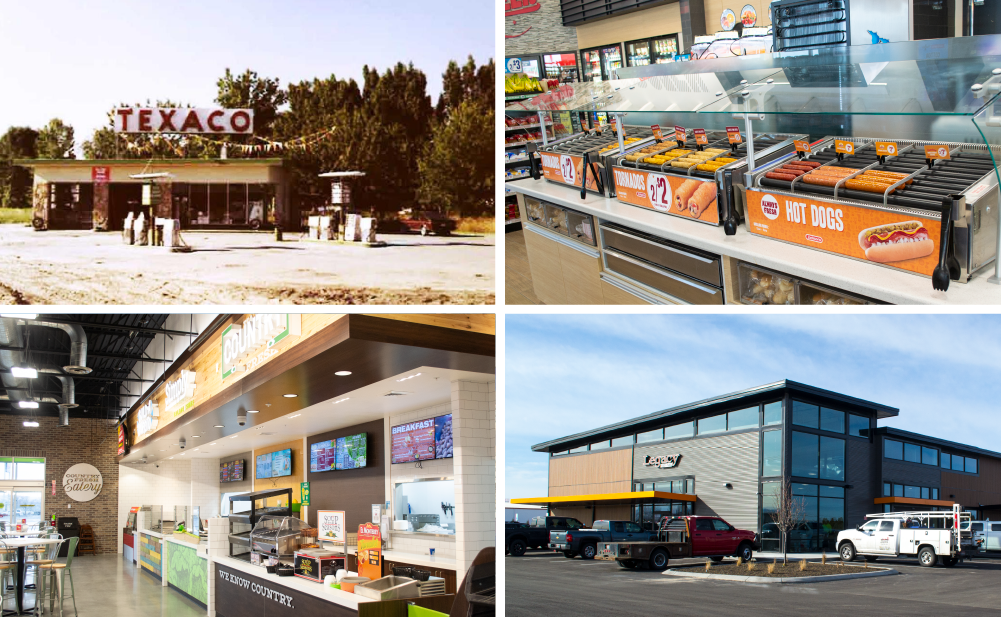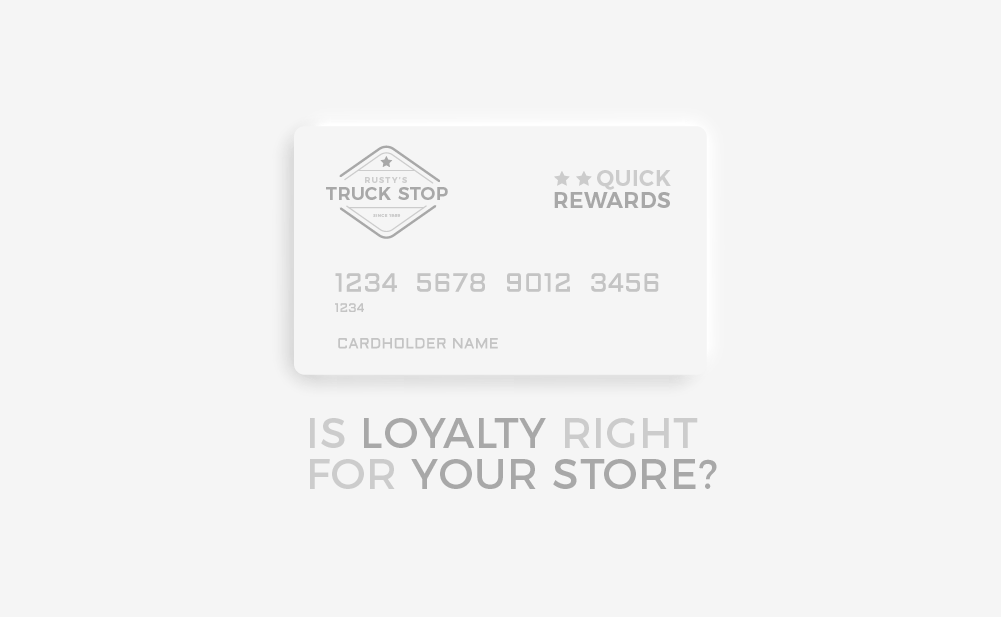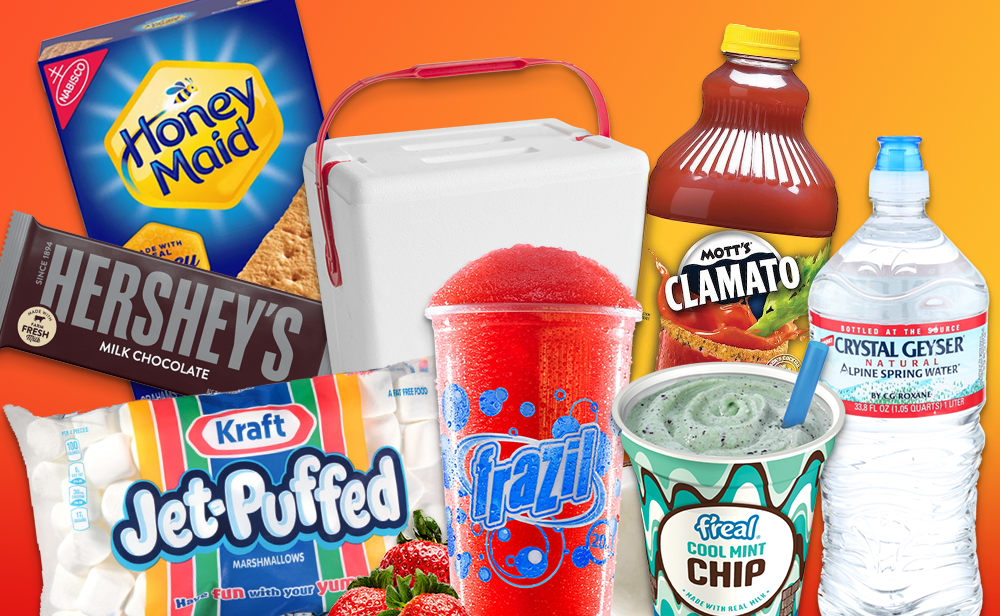The Why Behind Convenience Stores
In the NACS article ‘The Why Behind Convenience Stores,’ Chris Blasinsky explores the origins and evolution of the convenience store. With the fast pace of change in our industry, it is important to remember the purpose of a convenience store in the past and present in order to predict the near future.
Back then, convenience stores were called bantams, mini marts, bodegas, corner stores, or dairy stores. A popular name was drive-in, but the founders agreed it was more closely linked to a restaurant: Dairy Queen. So, they landed on convenience store, which also described the types of products sold.
Evolution and adaptation is key to the convenience industry, and will continue to define the most successful stores. Small markets are positioned to pivot quickly to meet customer needs. The ecommerce share is still expanding, customers have gotten used to home delivery, and people are growing more comfortable with touchless/autonomous checkout experiences. As convenience stores have expanded to offer more options ranging from food to hardware, other businesses have pushed to get a piece of the convenience market.

Keeping Convenience Relevant
A convenience store is a convenient store. It’s where people shop because you are there and because it’s there. And successful convenience store operators need to develop concepts to where people will pass somebody else’s convenience store to get to theirs.
A convenience store isn’t just what it sells or how long it’s open, but what it provides for the customer. Observe what draws your customers to your store and what makes your business special, which demographics are you capturing and which are you missing out on. You don’t want customers to pass other convenience stores, but coffee shops and QSRs as well. You can fulfill all those functions in one stop, plus gas (“…and maybe just grab a snack for later because I’m here”) and you can do it quicker! Communicate your value to the customer, differentiate your brand from the competition, and adapt to modern technology.
Keep an eye on other players both in the industry and outside of it. Convenience isn’t the only category undergoing huge changes and inspiration can be found in places like specialty stores (such as quilting or bike shops), small online businesses, and nimble start-ups. Don’t make hasty (and expensive) decisions based on trends or short-term changes.
Drivers of Change
Increase in Remote Work
Changing Automotive Industry
Prevalence of Smoking
Delivery Services
Retail Automation
Evolution of Trucking Industry
Health & Sustainability Concerns
Intelligent Distribution Networks
Growing Availability of Customer Data
The Future of Convenience
Is convenience retail an essential business because of what it sells, or because of who it is to the community? “We’re essential businesses because of who we are,” said Rhoads [Don Rhoads, NACS Executive Committee member and president of The Convenience Group in Washington state]. “We can always modify what we sell, and we’ll continue to evolve and introduce new channels and other channels will likely go away because of who we are,” he said.
Let Capitol’s sales and marketing experts grow your business.
Contact us for a consultation today!







